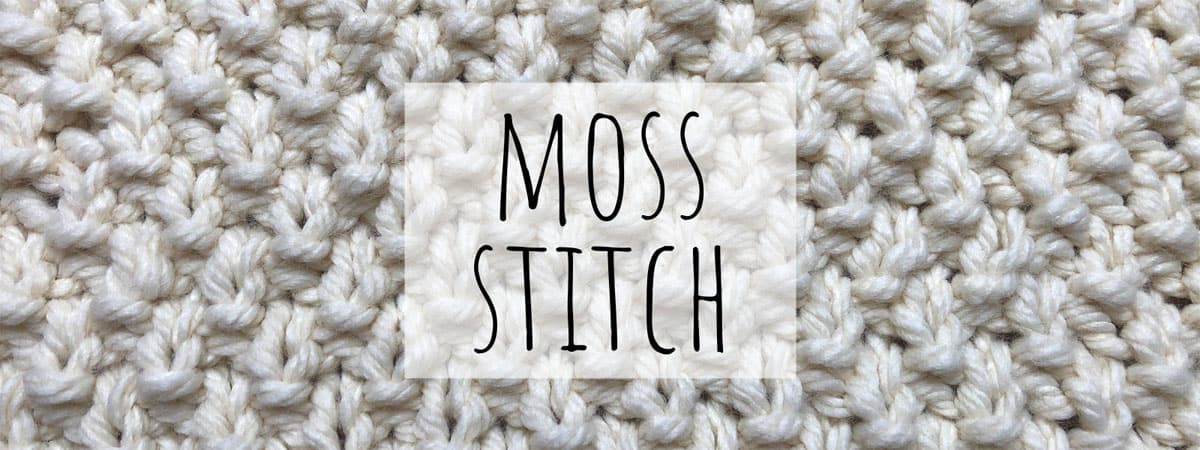
Knitting Brioche could be the best option if you are looking for a sweater that is soft and comfortable. It uses twice as much yarn to make stockinette stitches, making it ideal for 100% non-superwashed wool. For a nice and firm finish, this style of knitting can be finished with selvedge stitches.
Patterns for brioche knitting
The cozy brioche stitch can be knit using a pattern. This stitch is also known as a rib stitch. However, there are several ways to knit it. This article will show you how to make a brioche with just three stitches.
Two types of charts are used when knitting brioche. One is the full chart, which shows the entire row. The second is the compact charts, which are located right below the full one. This chart shows the rows which have increased or decreased. It also shows the basic repeat.

While brioche knitting is very similar to Fisherman’s Rib, there are some important differences. Fisherman's Rib does not use yarn overs and slipped stitches. This is the main difference. To create the puffy appearance, it uses stitches from the row below.
Technique
Knitting Brioche is a quick technique that lets you knit more fabric using smaller stitches. It is great for smaller projects. Brioche is a stretchy fabric that can be used to make hems and cuffs. You can also use it to make ribbed pieces of clothing.
Brioche is often knit with two different colors of yarn. The lighter colour is used in the first half, and the darker on the second. The two colors must be matched at the beginning and end of each row. You can use alternate terminology, such as right/wrong sides or work, if you are using more than one colour.
Brioche can be made with twice the amount of yarn you use for stockinette stitches. This stitch is best made from 100% non-superwash yarn. You can make your stitches look lopsided by using slippery yarns. But you can stop this from happening with selvedge stitches. These make your work more firm and beautiful.

Dimensions of needles
The size of the needles is important when knitting brioche. A size nine needle is required for knitting with worsted weight yarn. Cast-on yarn will stretch so this size nine needle is required. There are many tutorials available online on how to knit brioche. After you've established the gauge of your brioche, size your needles accordingly.
To make brioche, you will need to knit two stitches in the first round. The second stitch is knit, and then a wrap stitch is knitted over the stitch. This process is repeated until there is only one stitch left. The last stitch is worked with the yarn tail. Repeat this until you have two rows in one colour and two in another.
The second step in knitting brioche is to choose a knitting needle that fits your gauge and skill level. The size of your knitting needles will impact the appearance and feel of your brioche. The best results can be achieved by using a larger needle.
FAQ
What are some hobbies that seniors might enjoy?
Senior citizens should enjoy engaging in fun activities. Senior citizens should keep active through participation in physical and sports activities.
They might want to join clubs where they can meet people who share similar interests. This will make them less lonely as they age.
Senior citizens need to be aware of the latest trends. For example they could keep up to date with fashion, art music, literature, politics, and so forth.
Why do we need hobbies?
Hobbies can be a part of your life because they provide you with time to unwind, recharge, think creatively as well as the chance to exercise, socialize, and relax. They also provide us with opportunities for learning new skills and developing valuable life-long interests.
Hobbies are a way to find meaning and purpose.
They are great for spending your free time when there's not much else.
They are also very entertaining!
If you don't find time for hobbies, it's likely that you don't have enough time for any other activities.
Take a look at the many options that are available to you. Maybe you should consider starting a hobby.
Where can I get free resources to learn more?
There are many websites dedicated to helping people discover new hobbies.
Here are some of our favorite:
www.trythisathome.com - This site provides a list of over 100 different hobbies. It also includes information on how to get started on each one.
www.hobbyfinders.org is a site that offers thousands of activities. It allows you to search by location, skill level and interest.
www.indiebazaar.co.uk - IndieBazaar is an online marketplace designed specifically for independent artists and musicians. The site features hundreds of products ranging from artwork to music gear.
www.pinterest.com/explore/hobbies - Pinterest is a social media network that lets users "pin" images they find interesting onto their boards. Users can organize the things they like in specific categories with boards.
www.reddit.com /r/Hobbies - Reddit is another social media platform that lets users post links to articles, videos, or other types of content. Voting lets users vote for which posts are the most valuable.
Can I make a living from my hobby and earn money?
You can have many hobbies that lead to extra income.
If you're passionate enough about your hobby, you may decide to sell items related to it.
If you're a collector of stamps, you may be interested in establishing a website to sell them.
This will allow you to earn additional income without having go through the hassles of buying and selling stamps.
Another option is to start a YouTube channel in which you discuss your hobby.
This allows for you to share your passions with others and can potentially generate additional income by providing premium content.
Statistics
- Studies show that just six minutes of reading can reduce stress levels by 60 percent. (oberlo.com)
- A new survey by Pew Research Center of teens ages 13 to 17 finds that 36% of girls feel tense or nervous about their day every day; 23% of boys say the same. (pewresearch.org)
- I am 100% biologically a woman (discover.hubpages.com)
- Almost 80% of people claim to have no hobby. (hobbylark.com)
- Much of this decline reflects the fact that teens are less likely to work today than in the past; among employed teens, the amount of time spent working is not much different now than it was around 2005. (pewresearch.org)
External Links
How To
How to start gardening
Gardening is one the oldest forms. It requires persistence, patience, and determination. First, choose a place where you would like to grow food. This could be a large plot of land or even just a small area in your backyard. Next, decide what type of plants you want to grow. Are you more fond of flowers or vegetables? Some people love to grow herbs, while others enjoy raising animals like rabbits. Before you decide on what type of crops to plant you need to take into consideration how much space you have. If you live in a region that experiences cold winters then it is possible to grow fruits and berries.
Once you have selected the plants you wish to plant, you should prepare your soil. Soil is essential in determining whether your plants will thrive or fail. Organic matter is essential for the health and well-being of your plants. Organic matter includes leaves, twigs (grass clippings), manure, compost, and manure. You need nutrients to your soil after you have prepared it. Depending on the type of plants you plan to grow, you may need different amounts of nitrogen, phosphorus, potassium, calcium, magnesium, boron, zinc, copper, manganese, iron, molybdenum, chlorine, sulfur, sodium, and so on. You can calculate these values online with a fertilizer calculator. Many fertilizers are available, so make sure you know what you are buying.
After you have prepared your soil, and added the correct nutrients, you will need to wait until your seed germinates. This process usually takes anywhere from 2 weeks to 3 months, depending on the weather and the temperature in your area. Once your seeds have sprouted, you need to water them regularly. Too much or too little water can cause problems. Overwatering can cause problems. Overwatering can cause root rot or fungal diseases. It is important to remember that plants will need less water in summer than in winter when watering them. Some plants must be dried out after being watered. For example, tomatoes need to stay slightly moist but not wet. Soggy soil is not good for them. After flowers are finished, plants must go dormant. Dormancy occurs when plants stop producing any new growth and start to store energy for the next harvest. During dormancy, the plant stops sending signals to its roots telling them to produce food. Throughout this period, the plant stores energy. If temperatures fall below freezing or the plants are not getting enough sunlight, they will die.
Living in urban areas may restrict the types of plants you can plant. Concrete sidewalks, roads, buildings and parking lots are all common in urban areas. These blocks block sunlight from reaching ground level. Concrete absorbs light which blocks sunlight from reaching the ground below. Because of this lack of sunlight, many plants cannot survive in cities. There are still plants that thrive in urban environments. Many trees, shrubs, perennials, and other plants can adapt to urban life. Many annuals are also possible to grow indoors in containers. You can have fresh greenery all year round with container gardens.
You're now ready to plant after you have chosen where and what to grow in your garden.